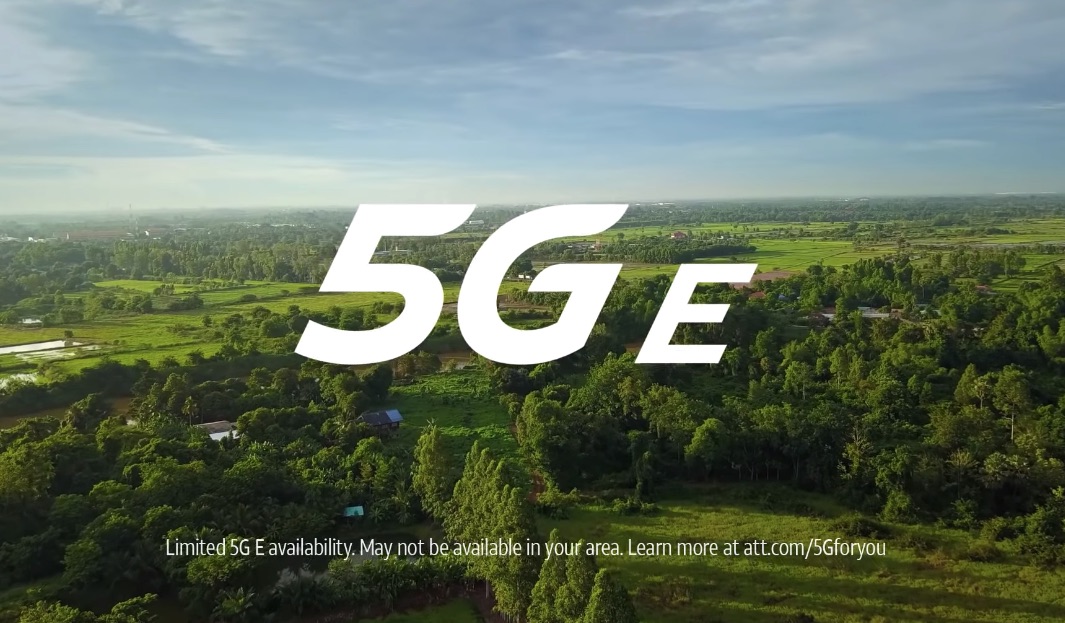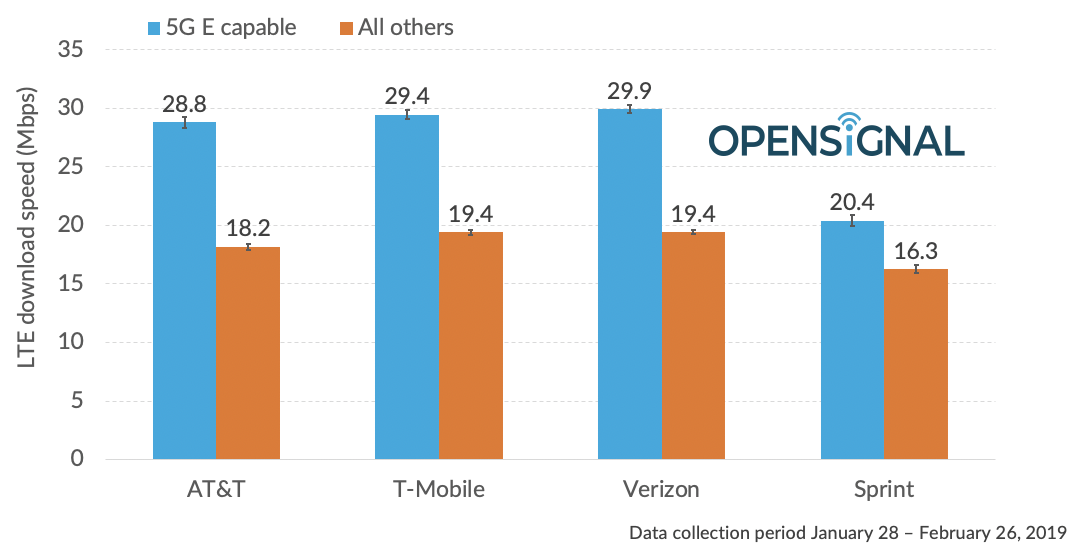AT&T's "5G E" service is slightly slower than Verizon's and T-Mobile's advanced 4G LTE networks, a study by OpenSignal has found.
As Ars readers know, AT&T renamed a large portion of its 4G network, calling it "5G E," for "5G Evolution." If you see a 5G E indicator on an AT&T phone, that means you're connected to a portion of AT&T's 4G LTE network that supports standard LTE-Advanced features such as 256 QAM, 4x4 MIMO, and three-way carrier aggregation. All four major carriers have rolled out LTE-Advanced. But while Verizon, Sprint, and T-Mobile accurately call it 4G, AT&T calls it 5G E.
Sprint sued AT&T, alleging that AT&T is gaining an unfair advantage by making false and misleading claims to consumers.
AT&T's network name change may well trick consumers into thinking they're getting better service than a 4G operator, but they aren't. We already knew that 5G E has no technological advantage over LTE-Advanced, because they are the same thing with different names. But actual speed tests could reinforce that point.
Such data now comes from an OpenSignal report that is scheduled to go live at this link today at 9am ET. After comparing user-initiated speed tests from more than 1 million devices, OpenSignal found that AT&T's "5G E" phones get average speeds of 28.8Mbps, which is less than T-Mobile's 29.4Mbps and Verizon's 29.9Mbps but higher than Sprint's 20.4Mbps. The AT&T average of 18.2Mbps on non-advanced LTE was also slightly behind T-Mobile and Verizon but ahead of Sprint:




 Loading comments...
Loading comments...
